April 24, 2024 | 01:53 GMT +7
April 24, 2024 | 01:53 GMT +7
Hotline: 0913.378.918
April 24, 2024 | 01:53 GMT +7
Hotline: 0913.378.918

Deputy Minister Ha Cong Tuan especially emphasises the role of socialisation and forest environmental services in the forestry sector’s next period. Photo: Nguyen Huan.
It aims to both protect and develop the forest in the period.
The forestry sector was also advised to be put in the digital transformation and develop by gaining more added values from the forest instead of logging for export, deputy director general of Viet Nam Administration of Forestry Pham Van Dien said at a workshop, held in Hanoi recently by the Ministry of Agriculture and Rural Development.
The workshop was organised to consult relevant agencies on the country’s forestry development strategy for the period 2021 - 2030, a vision towards 2050.
Dien added that the forestry sector, which suffered strong impacts from climate change, planned to catch up with the global trend to create new products from forest, such as biological products, products associated with medicine as well as carbon products.
Specifically, the value of forestry production was set to increase 5 - 5.5 per cent per year on average by 2025. Export of forest products would reach US$18-20 billion by 2025 and US$23-25 billion by 2030. Revenue from forest environmental services would reach VND3,5 trillion in 2025 and over VND4 trillion in 2030, he said.
Another target of the sector was granting forest protection and management certificate for 0,5 million ha of the forest in 2025 and 1 million ha in 2030. The forest coverage rate was scheduled to be 42 – 43 per cent in 2030, he said.
Besides, the forestry sector was also set a target of 40 per cent of the trained labour force by 2025 and the number would reach 45 per cent by 2030, he said.

Deputy director general of Viet Nam Administration of Forestry Pham Van Dien presents the draft strategy for Viet Nam’s forestry development in the period of 2021-2030, a vision towards 2050. Photo: Nguyen Huan.
Speaking at the workshop, Deputy Minister Ha Cong Tuan stressed that firstly, land and forest allocation to local people were still the ways to develop the national forestry sector in the period of 2021-2030.
Secondly, the sector should be operated according to the market mechanism and in accordance with international laws and practices, he said.
Compliance with the market economy and international laws and practices was already an important foundation for the rapid growth rate of the sector over the past times, he said.
However, Tuan also noted that the Government repeatedly stressed that Viet Nam would not exchange the environment for economic growth.
Therefore, there was no exploiting natural forests and authorised agencies had to conduct strict management of forest-use conversion for economic projects, especially, hydro-power plant projects until 2030, he said.
Thirdly, the sector had to give forest certificates to manage legal timber resources because if Viet Nam failed to seriously implement it, we would certainly not complete the signing of Voluntary Partnership Agreement on Forest Law Enforcement, Governance and Trade (VPA-FLEGT) with the European Union, he said.
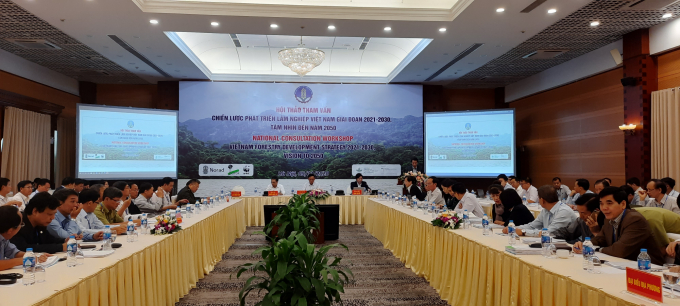
Consultation workshop on Viet Nam's forestry development strategy in the period 2021 - 2030, a vision towards 2050, with the participation of hundreds of domestic and foreign delegates. Photo: Nguyen Huan.
Tuan also said that forestry also meant growing perennial trees, some of which were longer than the human lifecycle, so it could not demand immediate results like in many other sectors.
Therefore, we must also take into account the options for naturalisation of planted forests that Japan was currently implementing, he said.
Besides, the forestry sector had to consider selling carbon credits to international countries as a major and important target for sustainable development in the next period because forest coverage rate had basically reached its limit, he said.
It was necessary to sell carbon credits among localities in the country, he said.
The forestry sector needed to focus on finding resources to strongly develop forest environmental services. Non-timber forest products should have a more-important role in the coming time, he said.
For example, if we had some kinds of trees like Ngoc Linh ginseng, we did not need to log the forest, he said.
Applying science and technology in improving seeding, intensive farming and processing was very important and indispensable to realise the goals in the period of 2021-2030, he said.
Author: Nguyen Huan. Translated by Thu Hang. Edited by Duc Huy.
/2024/04/22/3159-9-202859_158.jpg)
(VAN) There are three main solution pillars for developing the crop production industry, including resources, infrastructure, and science and technology.
/2024/04/22/4244-anh-3-193503_494.jpg)
(VAN) The national crop production strategy is a good opportunity to create diversity, bring income to farmers, increase economic value, and contribute to socio-economic development.
/2024/04/22/1205-1-190414_594.jpg)
(VAN) The Prime Minister issued Decision No. 1784 dated December 30, 2023, approving the plan to develop the crop production industry until 2030, with a vision to 2050.
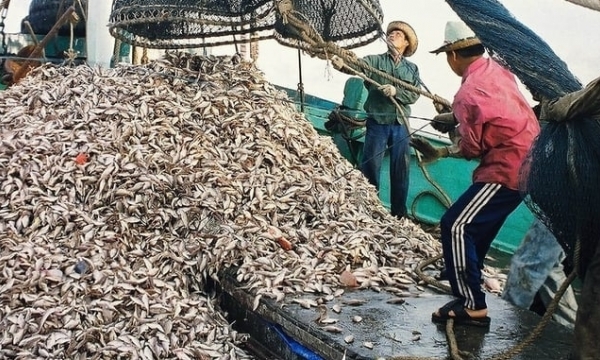
(VAN) The goal of the action plan is to identify anti-IUU fishing as an urgent, crucial and long-term task for the sustainable development of the fisheries sector.
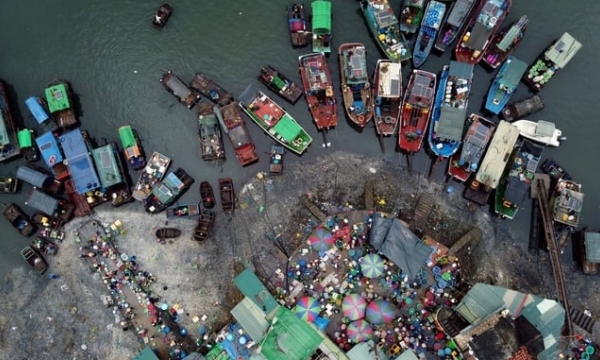
(VAN) Despite numerous challenges, Permanent Member of the Secretariat Truong Thi Mai emphasized the need for decisive action to achieve tangible results in anti-IUU fishing efforts.
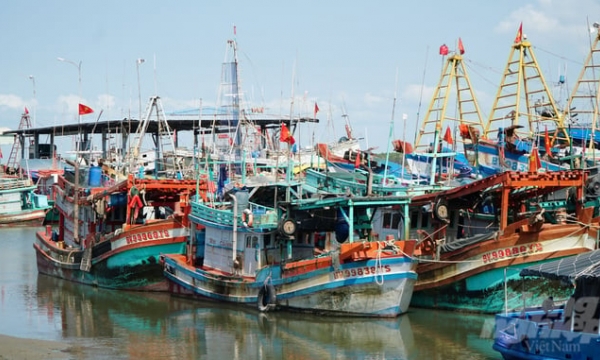
(VAN) The EC's IUU 'yellow card' must be removed in order to support Vietnam's fisheries sector, international reputation, and economic development.
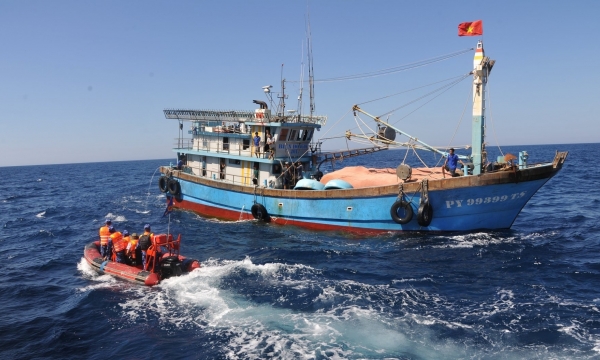
(VAN) The province of Phu Yen is instructing its departments, sectors, and coastal areas to promptly resolve some current limits while strictly dealing with breaches of illegal, unreported, and unregulated (IUU) fishing.